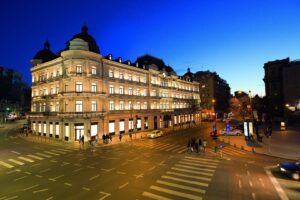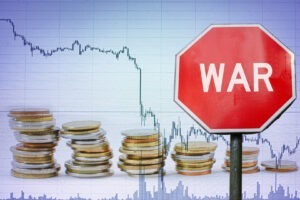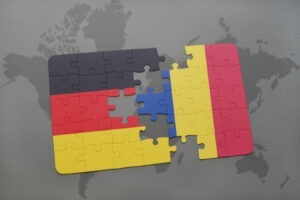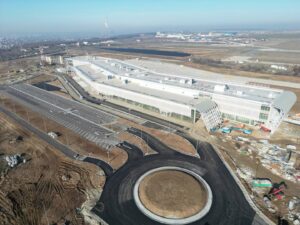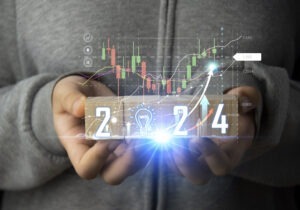As Europe emerges from the COVID 19 pandemic, one thing is clear – pre-COVID retail trends have become more pronounced and are now accelerating the divergence between winners and losers in the retail sector, a study by retail park developer and operator Mitiska REIM shows.
Urmărește mai jos producțiile video ale Economedia:
- articolul continuă mai jos -
As for the winners, retail parks have performed strongly in unprecedented periods over the past 18 months as the segment has continued to thrive on its now pandemic-success formula of convenience, essential shopping and value for money.
“The research we conducted with CBRE last year in the Belgian market once again confirmed the attractive and stable mechanisms for retail parks – low rents 7 to 10 times lower than shopping centers and high streets, and yields in excess of 5.5% for retail parks, outperforming not just other retail sectors but most mass-market real estate segments,” Mitiska points out.
But when we look at consumer behavior, the polarization between winners and losers becomes really clear. Consumers have become progressively time-poor but at the same time value-oriented, which has led to retail channel selection increasingly based on experience or convenience.
From an experience perspective, destination-oriented shopping offered on dominant high streets, shopping malls and outlet centers is expected to rise post-COVID and attract consumer discretionary spending again.
But one trend that the pandemic has really brought to the fore is convenience, as consumers have become more shopping-oriented and have chosen retail parks and e-commerce for their essential needs-based spending. Retail park offerings that combine supermarkets for everyday groceries in combination with complementary, often value-oriented stores and essential services in easily accessible locations have been very effective in attracting consumers.
This polarization between convenience and experience will continue to work in favor of both retail parks and premium retail, positioning them as differentiated offerings at either end of the spectrum. The problem for non-prime shopping centers in town centers and smaller shopping centers is that they lack a clear retail proposition and have therefore been hardest hit during the pandemic.
The relationship between retail parks and e-commerce
There is no denying that one of the biggest beneficiaries of the physical retail disruption of the last 18 months has been e-commerce. But there is also clear evidence of increasing convergence between physical and online sales and a proven mutually beneficial relationship between retail parks and e-commerce.
In a recent UK market outlook report, Savills found that online retail sales, as a proportion of total retail sales, have declined from their peak during the lockouts and are expected to settle at around 26.3% by 2022. The remaining 73.7% of retail sales will continue to be through physical stores, highlighting the continued essential role of bricks and mortar stores.
Savills also highlighted retail parks as being in the most advantageous position for online shopping. Products typically sold in retail parks are more defensible against online retail or than goods traditionally sold on the high street, and the ability to see and touch items is still an important factor for consumers.
McKinsey research in the US found that some retailers reported more than 200% year-over-year growth.
Offering large units with relatively low rents and high parking, retail parks have become not only the most convenient location for servicing shoppers’ essential needs, but are also ideal for supporting omnichannel retailers that offer click-and-collect ordering, process customer returns and deliver to the home.
Interestingly, physical stores also positively influence online sales. Dubbed the ‘halo effect’, research by CACI showed that in the UK, online sales were 106% higher in one store area. In some categories, such as electronics, fashion and sportswear, this rises to over 120%. What’s more, over half of online sales are influenced by a store either through click and collect, in-store returns, showrooming, inspiration or advice.
Edited for English

 Sursa foto: Square 7
Sursa foto: Square 7



